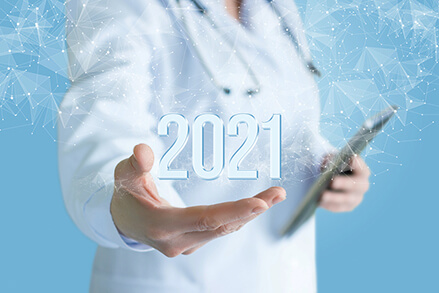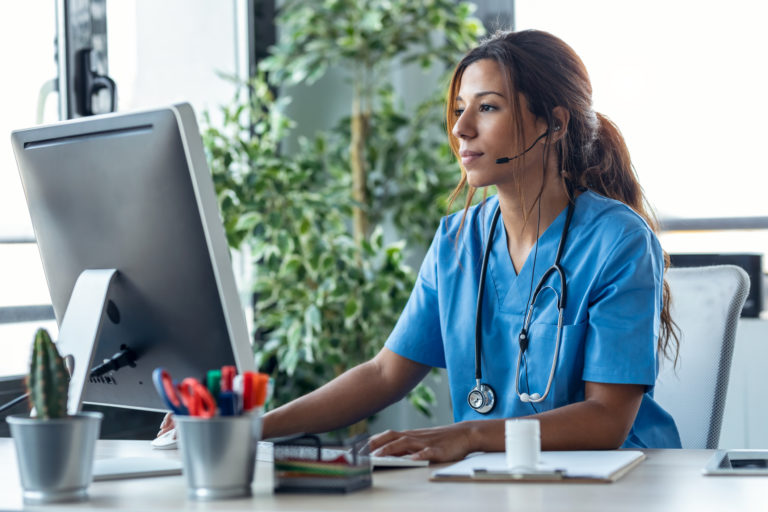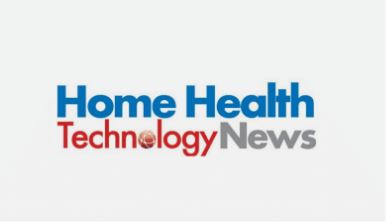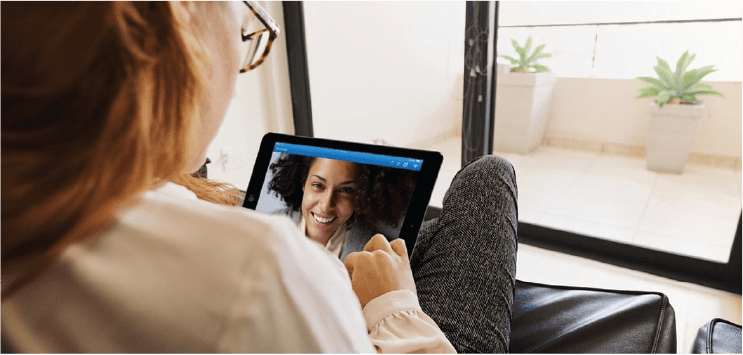As healthcare industry executives and experts share their predictions for 2021, our very own Dr. Arshad Ali, VeeOne Health’s President and Chief Medical Officer, offered his key predictions on the further adoption of telehealth in 2021 and what operational and care areas will be positively impacted by continuing technology innovation. See the excerpt below, or you can read them all in this 13th annual VMblog.com series exclusive here.
Telehealth Becomes a Standard of Care
By Dr. Arshad Ali, President and Chief Medical Officer, VeeOne Health
The global pandemic crisis will continue in 2021, driving more use of telehealth services to enable contactless medical care. Advancements in telehealth virtualization technology will inspire more healthcare organizations to embrace telehealth services as a means of remote consultation of critical care patients, using in-room screen monitors in hospitals; remote consults from a clinic location, and outpatient consultation delivered in the safety of a patient’s own home, using new, secure video capability. Telehealth services will support the entire continuum of health care, fulfilling the need for both patient and physician safety.
Here are several key predictions on the further adoption of telehealth in 2021 and what operational and care areas will be positively impacted by continuing technology innovation.
Hospitals will face the fact they need telehealth to balance out staff shortages.
Emergency rooms and intensive care units (ICU) are experiencing staff shortages, with COVID-19 further escalating this dilemma. For example, in California, an ICU nurse can take care of two patients; a 10-bed ICU requires five nurses. It is a labor-intensive process that can be supported by physicians on call through telehealth services. Physicians can supplement staff and provide quick response when urgent care decisions must be made. A stroke patient must have a response within five minutes. That can be challenging with staff shortages, and with doctors in rural areas unable to physically get on site in the required time. Telemedicine can provide a life-saving response with an average login of 2.5 minutes. For ICU patients in general, telemedicine can give a response in five or less minutes.
Ease of technology use will spur adoption.
Telehealth technology relies on elements people are already comfortable with, helping to make adoption less stressful and physicians, staff and outpatients more inclined to use the services. Hospital providers can turn patient televisions or other monitors into a virtual healthcare device to connect telemedicine service providers with patients. For in-patient consults, the required items are a webcam, noise cancelling microphone and a compute stick compatible with an HDMI-enabled TV or other monitor and Wi-Fi/Bluetooth connectivity. A hospital can use a touch screen that enables the staff to choose a specialty, complete an intake form and submit the request. A built-in cloud-based scheduler matches the request to an on-call telephysician and quickly the physician, using their device, can be connected to the in-room screen, view the patient and provide the consult.
Another important use of telehealth, notably during COVID-19, is outpatient care. Clinics have closed and patients are wary of in-person visits. Technology advancements have made it simple for someone in their home to use their own device and connect, via one click on a secure screen, to a telephysician. Communication is HIPAA compliant and uses end-to-end, 256-bit AES encryption to ensure privacy. With clinics closing due to COVID-19, the ability to serve patients in their home is imperative. From the telephysician side new advancements make it possible to integrate medical records and other patient-related data into one application, so all knowledge is available when they connect with a patient. This helps improve diagnostics and eliminates the burdensome practice of having to use multiple applications.





